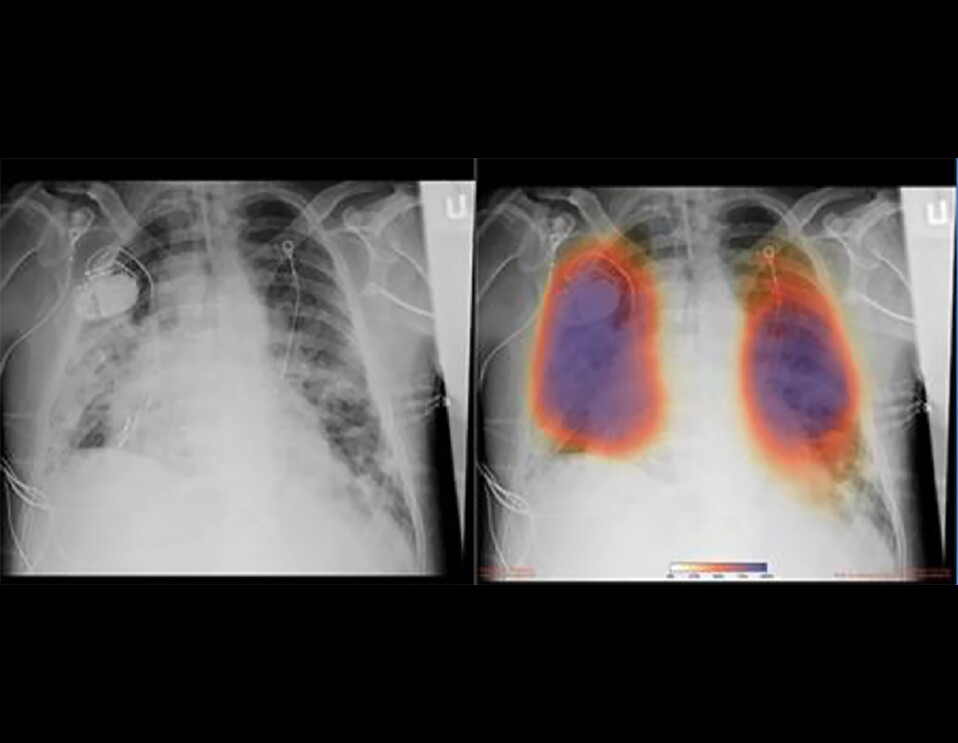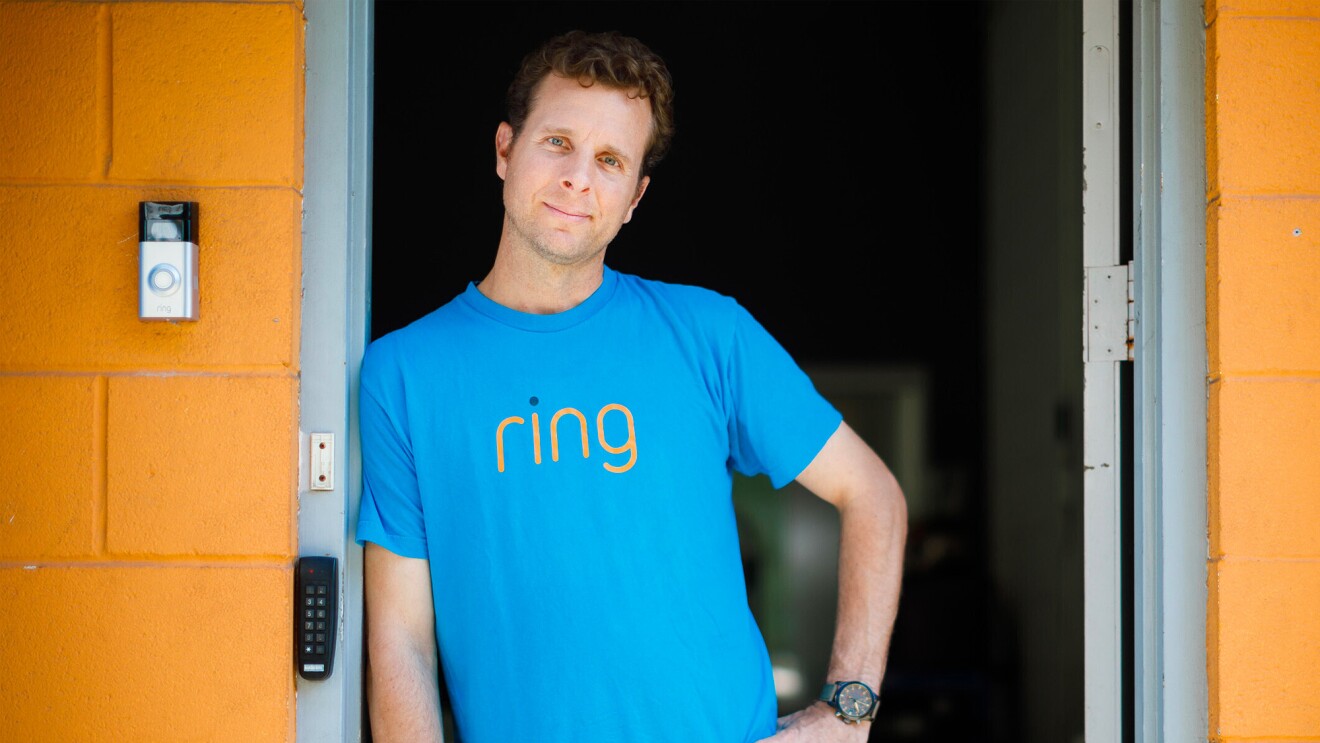In the past several weeks, I have been inspired by the endless innovation Amazon Web Services (AWS) customers and partners are delivering to support those on the front lines of the COVID-19 response as well as those staying at home to stop the spread. Here are some of the many efforts from AWS customers and partners to aid in a time of crisis.
Accelerating research and development
Public health organizations, universities, governments, and companies of every size are using the cloud to predict and monitor the effects of the pandemic, measure the effectiveness of preventive actions, and develop novel tests and treatments. For instance, the World Health Organization (WHO) is accelerating efforts to track the virus, understand its outbreak, and better contain its spread. AWS is supplying WHO with advanced cloud technologies and technical expertise to support this acceleration. This includes building vast data lakes (groups of data from multiple sources) to aggregate epidemiological country data as well as rapidly translating medical training videos into different languages.
Public health organizations, universities, governments, and companies of every size are using the cloud to predict and monitor the effects of the pandemic, measure the effectiveness of preventive actions, and develop novel tests and treatments. For instance, the World Health Organization (WHO) is accelerating efforts to track the virus, understand its outbreak, and better contain its spread. AWS is supplying WHO with advanced cloud technologies and technical expertise to support this acceleration. This includes building vast data lakes (groups of data from multiple sources) to aggregate epidemiological country data as well as rapidly translating medical training videos into different languages.
As a company, we recently launched the AWS Diagnostic Development Initiative—a program to support customers working to bring better, more accurate diagnostics solutions to market faster, and promote collaboration across organizations that are working on similar problems. As part of this, we are committing an initial investment of $20 million to accelerate diagnostic research, innovation, and development to speed our collective understanding and detection of COVID-19. Recent beneficiaries of this initiative include radiologists and physicians at UC San Diego Health working to quickly detect pneumonia and better distinguish COVID-19 patients who need supportive care in the hospital from those who can be followed closely at home.
Supporting healthcare systems
Telemedicine has been an important healthcare tool because it helps reduce the risk of infectious exposure for patients and healthcare workers, improves care access, spreads clinicians’ workloads more efficiently, and improves patient experience. The COVID-19 crisis has increased demand for these solutions, and organizations are using AWS to help scale their offerings. In Canada, OTN, a non-profit organization providing telehealth programs throughout Ontario province, is scaling its video services to accommodate a four thousand percent spike in demand. This will ensure every citizen has easy access to healthcare where and when they need it. London-based startup Babylon Health provides teleconsultations for patients in the UK and uses AI-based systems to assess known symptoms and risk factors to provide informed, up-to-date medical information.
Telemedicine has been an important healthcare tool because it helps reduce the risk of infectious exposure for patients and healthcare workers, improves care access, spreads clinicians’ workloads more efficiently, and improves patient experience. The COVID-19 crisis has increased demand for these solutions, and organizations are using AWS to help scale their offerings. In Canada, OTN, a non-profit organization providing telehealth programs throughout Ontario province, is scaling its video services to accommodate a four thousand percent spike in demand. This will ensure every citizen has easy access to healthcare where and when they need it. London-based startup Babylon Health provides teleconsultations for patients in the UK and uses AI-based systems to assess known symptoms and risk factors to provide informed, up-to-date medical information.
 With support from AWS, healthcare providers at UC San Diego Health are using AI in a study to speed the detection of pneumonia, a condition associated with severe COVID-19 cases. The image above shows chest X-rays from a patient with COVID-19 pneumonia: original x-ray (left) and AI-for-pneumonia result (right). The patient has a pacemaker device and an enlarged heart but the AI algorithm still detected the condition, indicating the algorithm is powerful enough to identify pneumonia even when the patient has underlying health issues.
With support from AWS, healthcare providers at UC San Diego Health are using AI in a study to speed the detection of pneumonia, a condition associated with severe COVID-19 cases. The image above shows chest X-rays from a patient with COVID-19 pneumonia: original x-ray (left) and AI-for-pneumonia result (right). The patient has a pacemaker device and an enlarged heart but the AI algorithm still detected the condition, indicating the algorithm is powerful enough to identify pneumonia even when the patient has underlying health issues.Other organizations around the world are using AWS to predict and monitor the effects of the pandemic and measure the effectiveness of preventive actions. Kinsa, a developer of internet-connected thermometers and a health-tracking app, aggregates real-time fever and symptom information to create visualizations of the spread of the illness. Its U.S. Health Weather Map pulls data from more than one million QuickCare and Smart Ear thermometers to help public health officials identify potential hotspots and measure the impact of social distancing. In Brazil, the LAURA PA Digital platform offers an online initial screening that public hospitals use to inform potential patients about COVID-19 symptoms. It also advises on when patients should seek treatment. Using the data from LAURA PA Digital’s virtual screenings, hospitals are able to anticipate demand for intensive care related to COVID-19.
Looking out for medically vulnerable populations
One of the main impacts of the pandemic is stress on the elderly and other medically vulnerable populations who may not have reliable access to routine care, prescription refills, or even groceries. Our customers have stepped up to help with this challenge, leveraging the flexibility and scalability of the cloud to adapt their services to support at-risk populations. For example, online neighborhood hub Nextdoor saw its global number of daily active users grow by 80 percent in March as neighbors offered support to those in need in their local communities. Nextdoor quickly added new product features such as Help Map, an interactive map where neighbors can mark themselves as someone who can offer support, and Nextdoor Groups, which allows members to organize around a specific need or interest, such as grocery runs. And in Australia, Juniper Homes, a provider of aged-care facilities, retirement villages, and in-home services, rolled out AWS-powered video meetings, chat, and calls. This gave residents a way to maintain personal connections while remaining safe from exposure, and allowed medical staff to virtually check in on residents and patients.
One of the main impacts of the pandemic is stress on the elderly and other medically vulnerable populations who may not have reliable access to routine care, prescription refills, or even groceries. Our customers have stepped up to help with this challenge, leveraging the flexibility and scalability of the cloud to adapt their services to support at-risk populations. For example, online neighborhood hub Nextdoor saw its global number of daily active users grow by 80 percent in March as neighbors offered support to those in need in their local communities. Nextdoor quickly added new product features such as Help Map, an interactive map where neighbors can mark themselves as someone who can offer support, and Nextdoor Groups, which allows members to organize around a specific need or interest, such as grocery runs. And in Australia, Juniper Homes, a provider of aged-care facilities, retirement villages, and in-home services, rolled out AWS-powered video meetings, chat, and calls. This gave residents a way to maintain personal connections while remaining safe from exposure, and allowed medical staff to virtually check in on residents and patients.
Providing access to educational resources and remote learning
As school districts temporarily close their doors due to COVID-19, parents, teachers, and administrators are quickly turning to online education to help students continue their studies. This means those services had to rapidly scale to meet the increased demand—in many cases dealing with a 10x increase in traffic—using AWS. Blackboard is delivering educational communications and learning management tools, as well as training and tutorials, to help schools rapidly adapt to online teaching and learning in virtual classrooms. And globally, remote learning providers are also stepping up to help school systems. Somos Educação from Cogna, an educational group in Brazil, is now supporting 1.3 million students with online classes through the use of its Plurall educational platform. In the Middle East, Alef Education is providing its digital learning products to all students in the United Arab Emirates. And in India, CareerLauncher is working with the government in Delhi to help train teachers on effective virtual teaching techniques and technologies. A pilot program of the company’s Aspiration.ai portal went live just two weeks ago and will roll out to 1,200 schools and 190,000 students in Delhi over the next month.
As school districts temporarily close their doors due to COVID-19, parents, teachers, and administrators are quickly turning to online education to help students continue their studies. This means those services had to rapidly scale to meet the increased demand—in many cases dealing with a 10x increase in traffic—using AWS. Blackboard is delivering educational communications and learning management tools, as well as training and tutorials, to help schools rapidly adapt to online teaching and learning in virtual classrooms. And globally, remote learning providers are also stepping up to help school systems. Somos Educação from Cogna, an educational group in Brazil, is now supporting 1.3 million students with online classes through the use of its Plurall educational platform. In the Middle East, Alef Education is providing its digital learning products to all students in the United Arab Emirates. And in India, CareerLauncher is working with the government in Delhi to help train teachers on effective virtual teaching techniques and technologies. A pilot program of the company’s Aspiration.ai portal went live just two weeks ago and will roll out to 1,200 schools and 190,000 students in Delhi over the next month.
Empowering innovation in the tech community
Tech communities around the world have joined with government agencies as well as public and private sector organizations to lend their time, resources, and expertise to find solutions to address COVID-19. In Germany, AWS worked with machine learning solutions provider Kineo.ai to offer free access to AWS technology and tools to more than 27,000 people taking part in the online #WirVsVirus hackathon. Initiated by the German government and other organizations, the hackathon produced more than 800 ideas for addressing COVID-19. These ideas will serve as a starting point to develop collaborative solutions to the ongoing challenges posed by the pandemic. Over the hackathon weekend, a group of Amazon employees supported 110 projects as technical mentors. Similarly, in the United States, Massachusetts Institute of Technology (MIT) ran a series of online public challenges in which 1,500 hackers from around the world developed solutions for protecting vulnerable populations and helping health systems. The winning teams received AWS credits to advance their solutions.
Tech communities around the world have joined with government agencies as well as public and private sector organizations to lend their time, resources, and expertise to find solutions to address COVID-19. In Germany, AWS worked with machine learning solutions provider Kineo.ai to offer free access to AWS technology and tools to more than 27,000 people taking part in the online #WirVsVirus hackathon. Initiated by the German government and other organizations, the hackathon produced more than 800 ideas for addressing COVID-19. These ideas will serve as a starting point to develop collaborative solutions to the ongoing challenges posed by the pandemic. Over the hackathon weekend, a group of Amazon employees supported 110 projects as technical mentors. Similarly, in the United States, Massachusetts Institute of Technology (MIT) ran a series of online public challenges in which 1,500 hackers from around the world developed solutions for protecting vulnerable populations and helping health systems. The winning teams received AWS credits to advance their solutions.
AWS also joined the White House COVID-19 High-Performance Computing Consortium, offering research institutions and companies technical support and AWS credits to advance research on diagnostics, treatments, and vaccine studies related to COVID-19.
The examples I’ve shared here are just a few of the many efforts underway to help populations manage the impact of COVID-19. AWS will continue to put our customers first, providing highly-reliable infrastructure when they need it most. I’m grateful for the leadership of these organizations, and it’s my hope that efforts like these and others will help us all move quickly and safely through this difficult time. For additional insight into the many ways AWS customers and partners are fighting the virus and helping communities where we live and work, visit the AWS blog and the AWS COVID-19 response page for the latest.
Trending news and stories
- Amazon CEO Andy Jassy shares the simple question that helps power Amazon's innovation
- Amazon will share its Q1 2025 earnings on May 1
- The Amazon Book Sale is back April 23-28 with thousands of deals across books, select devices, and memberships
- Amazon CEO Andy Jassy shares how AI will reinvent ‘virtually every customer experience we know’








